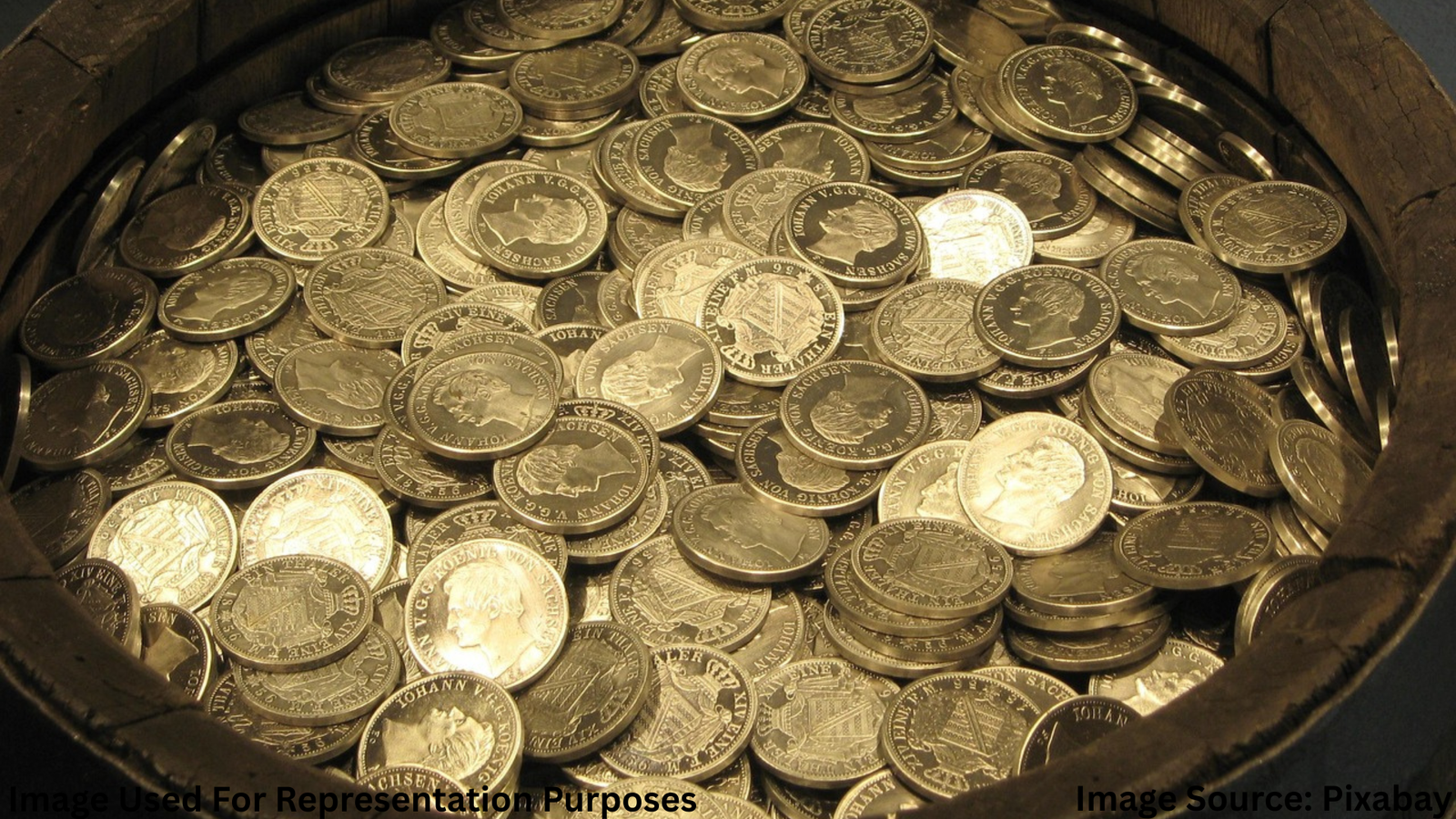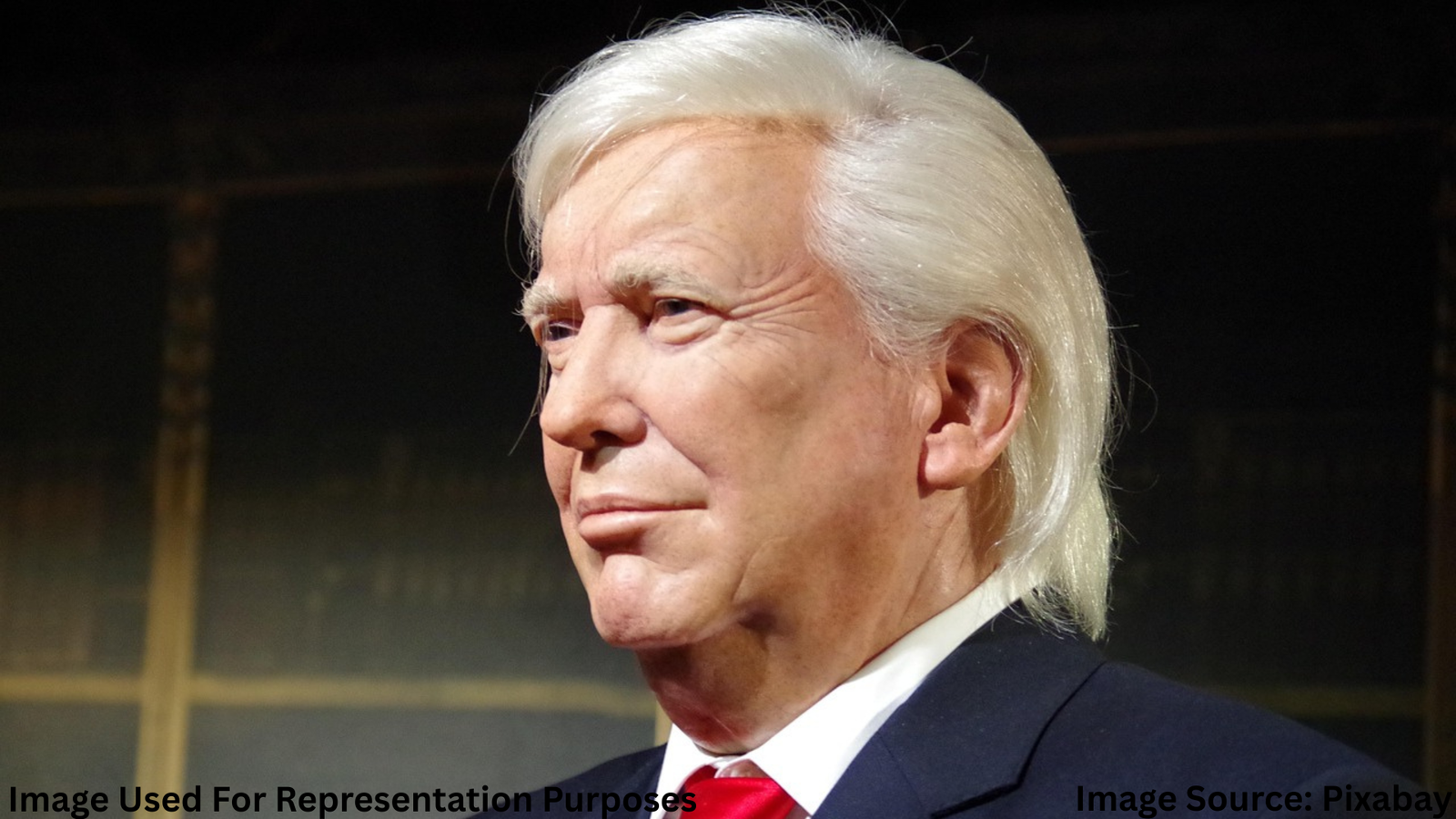
Why This Matters
America’s Donald Trump response to Israel‑Palestine war comes at a critical moment in global politics. With the conflict’s toll rising and pressure building, Trump’s second‑term administration is moving assertively. In straightforward, conversational style, this article breaks down what he’s doing and what it means—for global peace, for civilians caught in conflict, and for everyday people like you.
What Donald Trump Has Done So Far
Ceasefire Proposal with Israel and Hamas
Trump has backed a 60‑day ceasefire plan backed by Egypt and Qatar. He recently said “Israel has agreed to the necessary conditions to finalize the 60‑Day CEASEFIRE” and urged Hamas to accept the deal, warning “it will only get worse” if they don’t . This proposal includes:
Israeli forces pausing operations for two months
A phased exchange of hostages for Palestinian detainees
Expanded humanitarian aid access
He met jaw-to-jaw with Prime Minister Netanyahu—twice in Washington in one week—to press for agreement .
Prioritizing Hostage Release
Trump has emphasized freeing hostages as a top goal. Netanyahu noted their talks focused on “freeing hostages” amid ongoing operations . This focus gives the effort a human touch, beyond strategic or political gains.
For reliable updates and context on ceasefire talks and humanitarian efforts, visit Al Jazeera’s explainer on Trump’s ceasefire proposal .
Humanitarian Angle: Aid and Displacement by Donald Trump
Trump has also pursued bold—and controversial—humanitarian moves:
He proposed U.S. administrative control of Gaza to rebuild it as a “Riviera of the Middle East” and suggested Palestinian relocation options .
He approved $2.5 billion in military aid to Israel and included humanitarian aid waivers in his early executive orders .
However, his relocation idea drew sharp criticism. Many Gazans adamantly rejected forced removal from ancestral homes, claiming “Who would we leave it to, where would we go?” . His proposal risks violating international norms under the Geneva Conventions .
Real‑Life Anecdote: A Gaza Rescue Story
On a volunteer food‑delivery mission, I met Aisha, a Gaza schoolteacher. She described how trucks loaded with aid, halted at checkpoints, forced groups to wait hours in sweltering sun before receiving water. Thanks to Trump’s humanitarian‑aid waiver, those supplies finally arrived—but only after delays. Her relief was clear: “It felt like someone heard our cries.” This moment made it obvious: policy isn’t abstract—it saves lives.
Practical Advice for Readers
Here are three suggestions for what you can do now:
Stay informed: Follow reliable news sources like AP News or Reuters for updates on ceasefire progress.
Share responsibly: If sharing humanitarian calls on social media, verify details with reputable organizations.
Support aid efforts: Donate to global agencies—like UNRWA or Palestinian Red Crescent—that are delivering essential aid on the ground.
Even small actions add up—and human voices like yours increase pressure for lasting peace.
Follow the latest cease-fire news on Reuters Coverage
Final Thoughts and Path Ahead
America’s Donald Trump response to Israel‑Palestine war has been a mix of diplomacy, humanitarian focus, and political posturing. The ceasefire push offers hope; the hostage angle adds a personal dimension; but proposals on relocation spark serious ethical debates.
The road ahead:
Ceasefire outcome: Hamas is reviewing the proposal. If accepted, it may open space for longer negotiations .
Humanitarian follow‑through: Plans for reconstruction and aid, including Trump’s Riviera vision, require global cooperation—and respect for Gazans’ rights.
International response: World powers—UN, EU, Arab League—will need to weigh in, balancing stability with justice.
Key Takeaway:
Trump’s approach is bold and direct, blending pressure politics, moral narratives, and large-scale proposals. Now it’s up to negotiators, civic leaders, and everyday people—through informed dialogue—to steer toward lasting peace. In this moment, voices like yours matter

Akalumhe Jefferson is a content writer with a new found interest for crafting engaging stories that transport readers to new worlds. Although no current actual background in creative writing but there’s active love for writing



